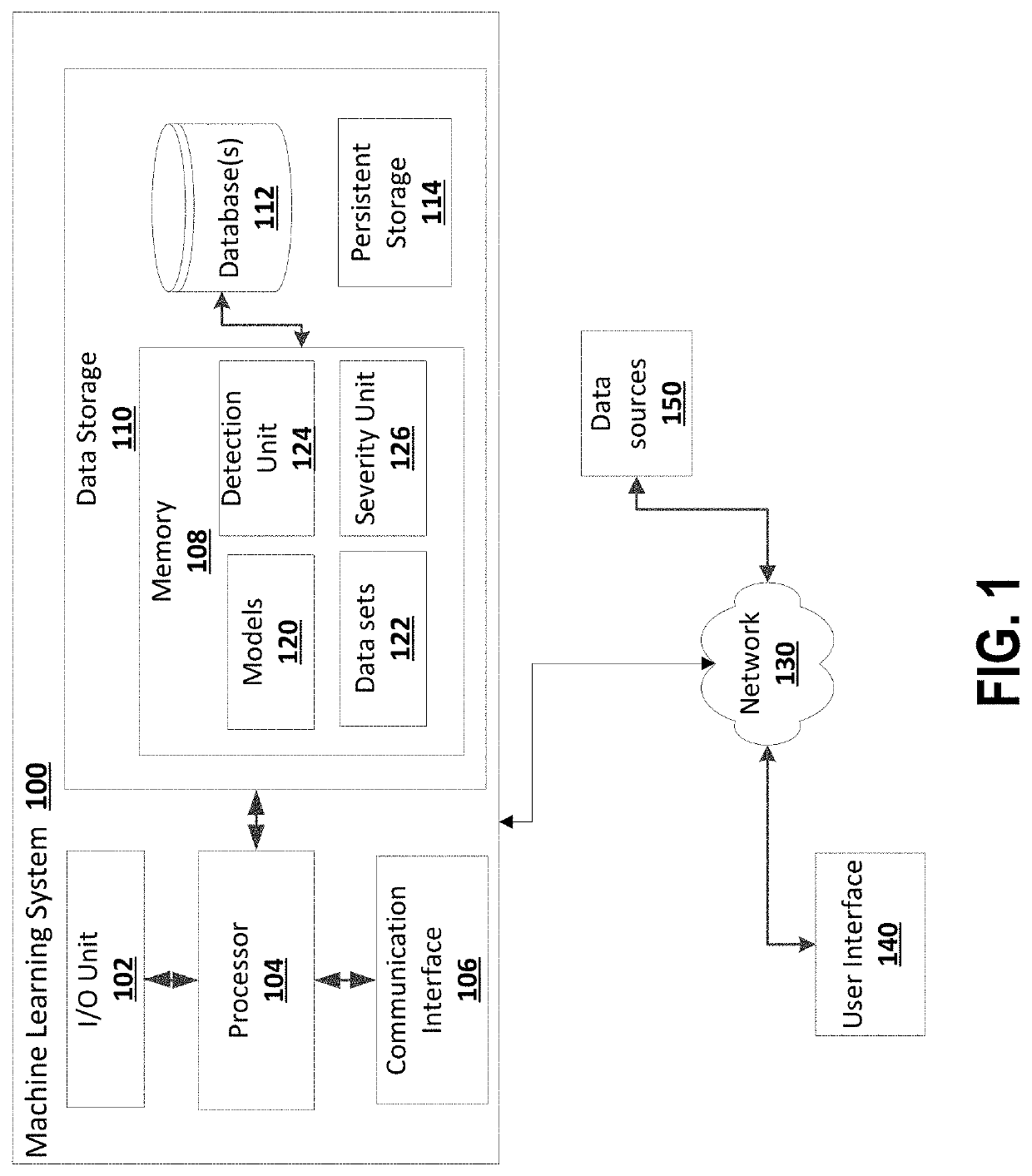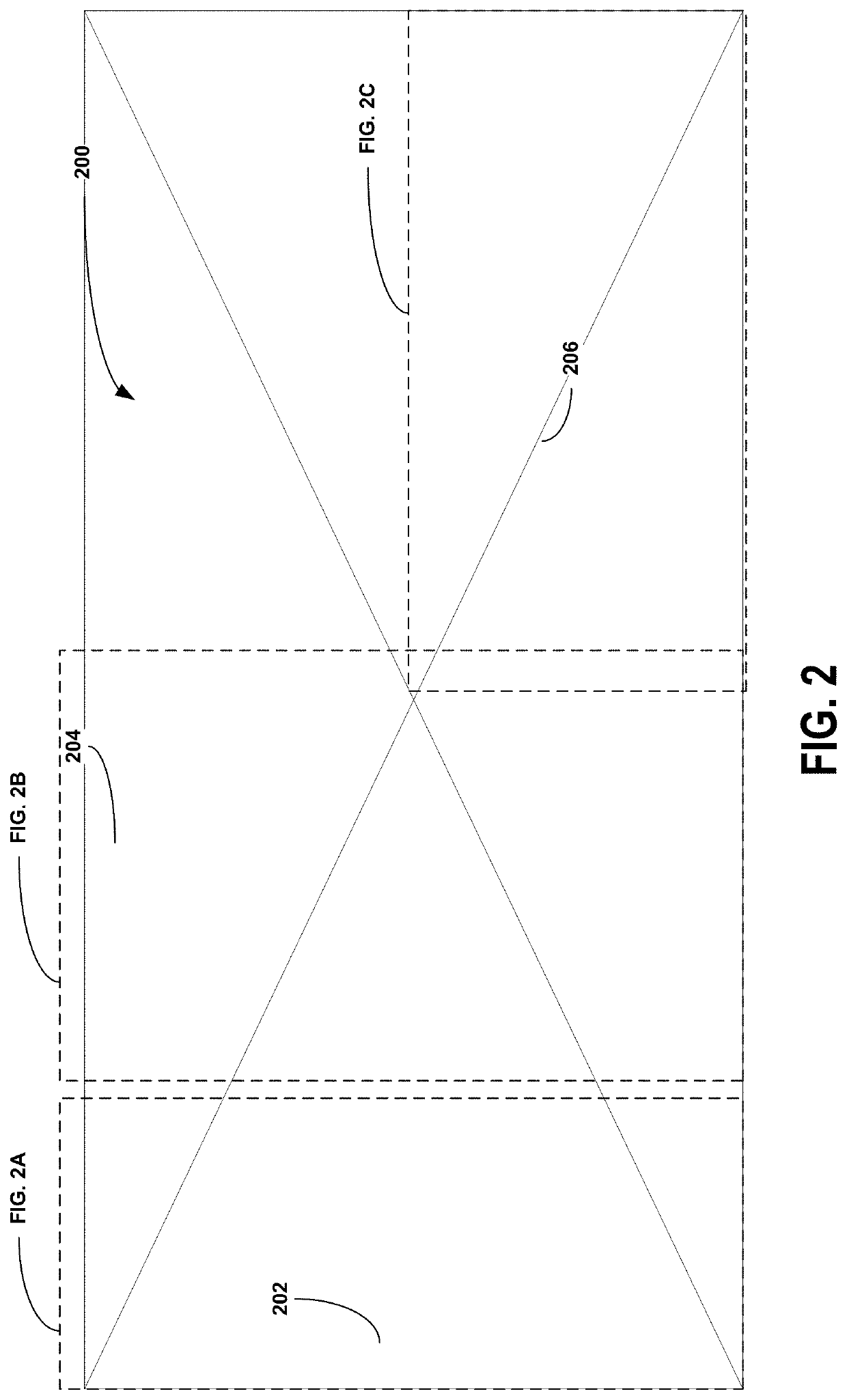System and method for adverse event detection or severity estimation from surgical data
a surgical data and adverse event technology, applied in the field of system and machine learning mechanism for generating classifications, can solve the problems of limiting the generalizability of algorithms, unable to adapt to handcrafted features, and extremely unlikely in real operations, so as to facilitate navigation
- Summary
- Abstract
- Description
- Claims
- Application Information
AI Technical Summary
Benefits of technology
Problems solved by technology
Method used
Image
Examples
Embodiment Construction
[0102]It will be appreciated that numerous specific details are set forth in order to provide a thorough understanding of the exemplary embodiments described herein. Furthermore, this description is not to be considered as limiting the scope of the embodiments described herein in any way, but rather as merely describing implementation of the various example embodiments described herein.
[0103]Embodiments of methods, systems, and apparatus are described through reference to the drawings.
[0104]Adverse events occur in 3.7% of American hospital patients, and cause many deaths each year. The 12 estimated number of deaths from medical errors in the United States ranged from 98,000 to 400,000 deaths varying from report to report. Although a better system for more precise estimation is needed, the least number reported is scary enough to bring attention to adverse events. A major type of adverse events is surgical adverse events which accounts for 48% of all adverse events, and 70% of these ...
PUM
 Login to View More
Login to View More Abstract
Description
Claims
Application Information
 Login to View More
Login to View More - R&D
- Intellectual Property
- Life Sciences
- Materials
- Tech Scout
- Unparalleled Data Quality
- Higher Quality Content
- 60% Fewer Hallucinations
Browse by: Latest US Patents, China's latest patents, Technical Efficacy Thesaurus, Application Domain, Technology Topic, Popular Technical Reports.
© 2025 PatSnap. All rights reserved.Legal|Privacy policy|Modern Slavery Act Transparency Statement|Sitemap|About US| Contact US: help@patsnap.com



